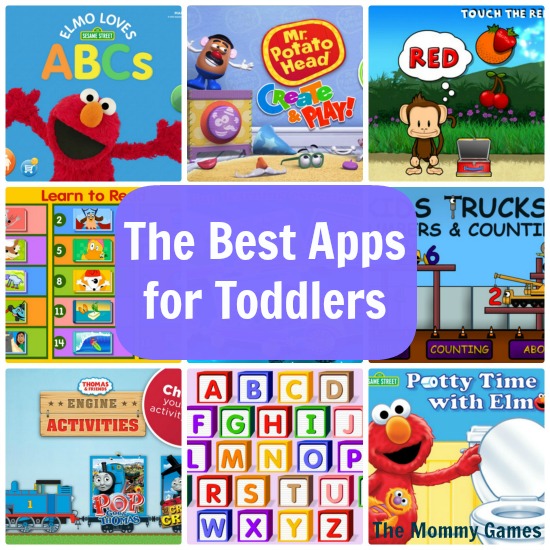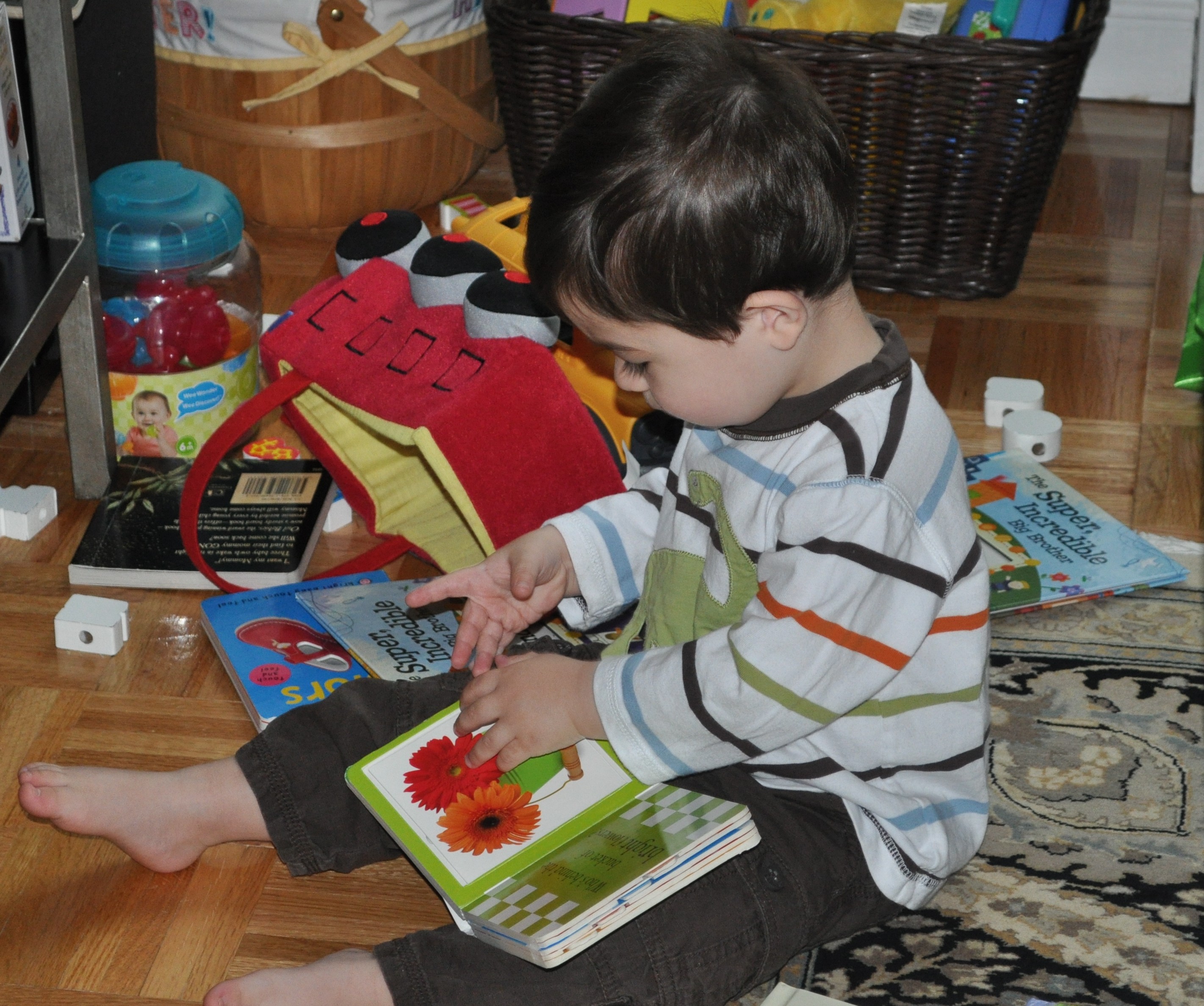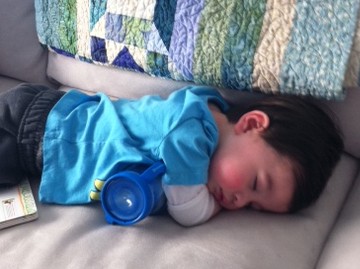The ipad is an incredible tool. It’s helpful and fun for adults, but if you’ve ever seen a young child use it, you will instantly understand the potential this tool has for not only entertainment, but also for learning. Most of the time, my 2-year old can navigate a new game and learn it without ever needing an explanation from me. Since they can use their fingers, most children find playing with the ipad pretty intuitive. I personally still consider time spent playing with any electronic device as “screen time,” and limit it in the same way I do the TV, but I will readily admit that my toddler seems to actually come away from playing with the ipad having learned something.




















